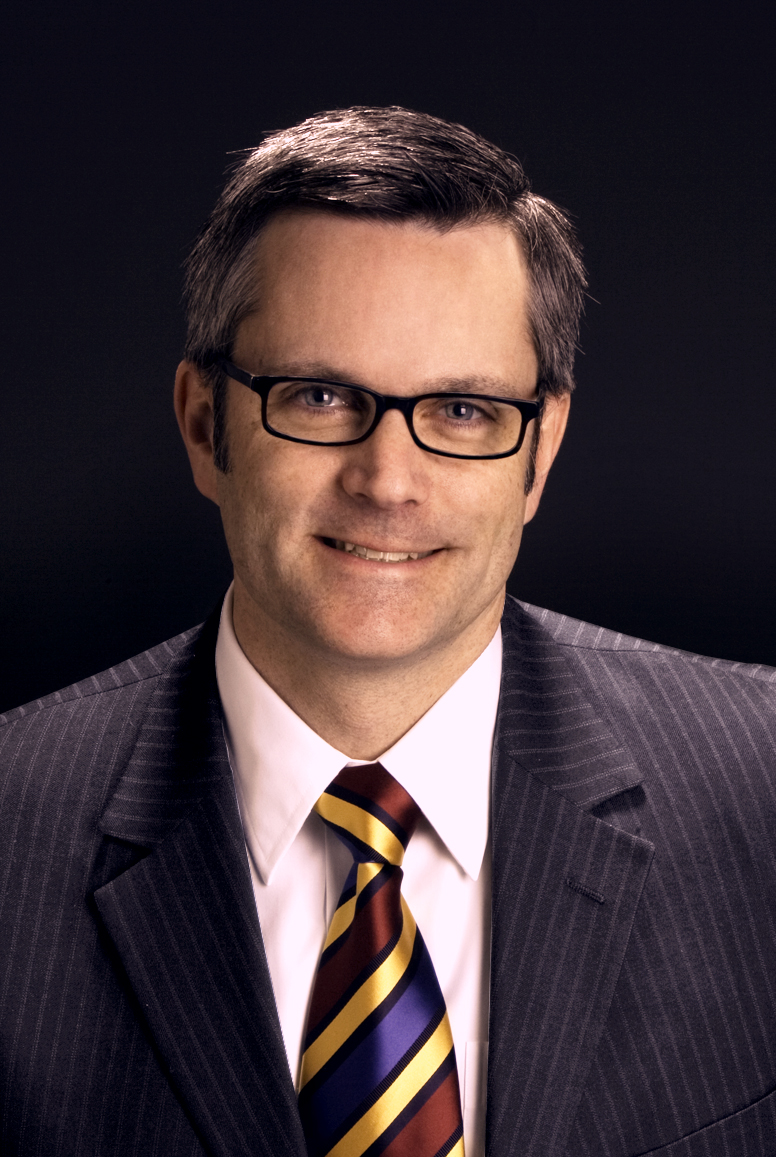
Portland Mayor Sam Adams.
I help lead one of America’s cities — Portland, Ore. It is known for being a well-planned city. It’s not. At least, not as well as we want it to be. And not as well-planned as every American city must be.
When I talk about planning, I’m not just referencing plotting spots on a map where new bikeways will run, or where new business districts will pop up. Instead, I’m talking about how to understand the specific and real human challenges we face, and then how to establish priorities that are shared by community members and government. This is what creates a real playbook to guide future decisions.
Our challenges? Our historic approach to planning has widened the economic and academic disparities between white and non-white Portlanders. In addition, and until recently, only 54 percent of our high school students graduated on time. And increasingly, global and national decisions impact our main streets as much or more than local city council decisions.
I believe that all cities face these challenges, too, and I believe that a different approach to planning can help fix them.
Here’s what I mean: On its own, the federal government cannot move cities forward at the necessary rate of reform. The kind of strategic change this nation needs must start at the local level. Local governments are closer to our nation’s residents and businesses than state and federal governments, and better positioned to understand and address their unique challenges. Additionally, meaningful statewide strategic planning is rare, prevented by lobbyists and politicos who too often gain advantage by stoking our real and perceived societal, partisan, and geographic divides.
We need plans based less on politics and more on the facts; plans with integrated strategies and a short list of specific measures to provide public accountability for real results.
Can local government strategic planning really make a difference? Absolutely. When we plan well, we make progress on some of society’s toughest problems.
For example, Portland’s last city plan, developed over 30 years ago, focused on limiting sprawl, urban renewal, light rail (instead of highways), and helping to inspire new business sectors, including cleantech. As a result, we have lowered total carbon emissions 6 percent while the rest of the U.S. has increased more than 10 percent. And we’ve done it while growing our population and jobs.
When I became mayor of Portland in 2008, we began the process of creating a new kind of strategic plan that adds a critical element: a new focus on the success of our people. The result of that work is the recently completed Portland Plan, which integrates actions to make Portland prosperous, educated, healthy, and equitable.
The plan, adopted by our City Council this week, is the result of more than two years of research, over 300 public events, and 20,000 comments from residents, academics, youth, workers, businesses, and nonprofits. It’s not just a plan from city government. More than 20 local and state agencies that spend an estimated $8 billion annually inside the boundaries of Portland shaped the plan’s direction and its actions. By sharing the responsibility, they also share the savings and efficiencies that flow from the plan.
Unlike most planning efforts, we didn’t wait to finish the plan before taking action. It’s still early, but we’re seeing promising results, particularly in the areas of prosperity and education: We passed the city’s first economic development strategy in 16 years, and we launched the first Metro Export Initiative in the country in conjunction with the Brookings Institution, and we now have a coordinated, regional strategy that calls on us to double our exports in five years.
For the first time in decades, we are seeing increased high school graduation rates. We convened a partnership called Cradle to Career, which has mobilized the community into a regional support network for education. We invested in innovative programs including Ninth Grade Counts, which serves as an eighth grade summer school. Another program, SummerYouth Connect, reaches the kids who are most at-risk of dropping out of high school. And our local Future Connect Scholarships come with academic supports to help students earn a college degree.
Again, these are early actions that are emerging out of our reborn planning process, and they look promising. Since these actions (and all areas) in the Portland Plan are interconnected, success in one area is designed to improve them all. For example, increasing graduation rates also benefit the economy — that stabilizes our community and helps to level the playing field. Similarly, building sidewalks and bike lanes in underserved neighborhoods helps promote physical activity and provides better access to schools and local businesses.
Implementing this plan may sound expensive, but it’s not: It is first and foremost about doing more and being better with the dollars we already have by embracing single actions that have multiple benefits. By working across agencies, we can better leverage limited resources.
A plan such as this certainly helps us here in Portland, but it can also inform the state and the nation. If more locales had integrated strategic plans, they would use resources more efficiently; in turn, that might inspire state and federal government efforts that are more grounded, realistic, and effective.
Prosperous, educated, healthy, equitable: Taken together, these four interlocking goals of our Portland Plan are the building blocks of a self-reliant city, a Portland where people truly thrive. I hope local governments in all metropolitan regions will join us.



